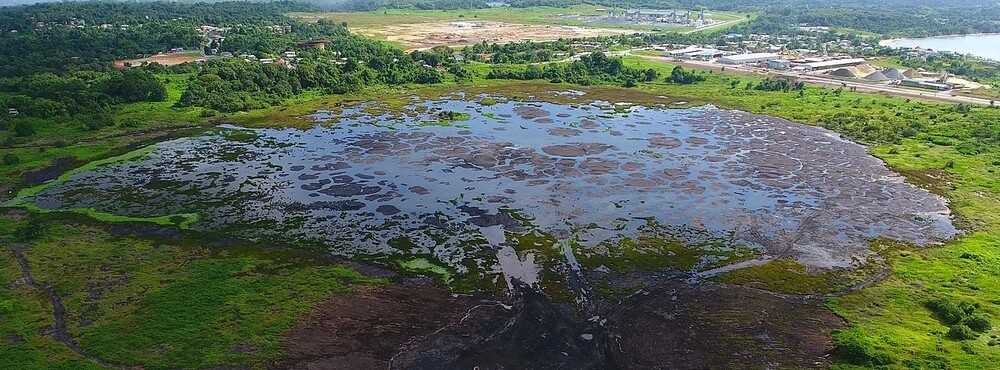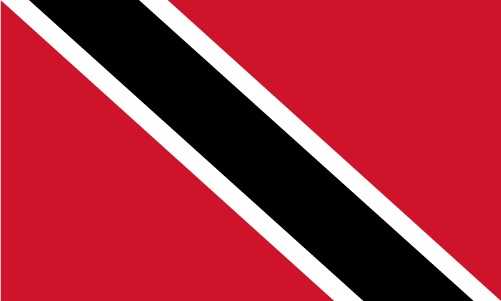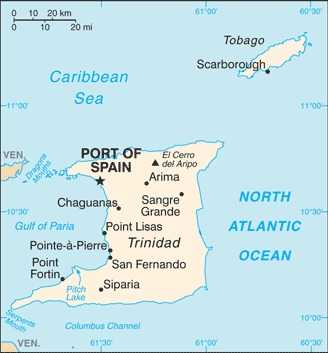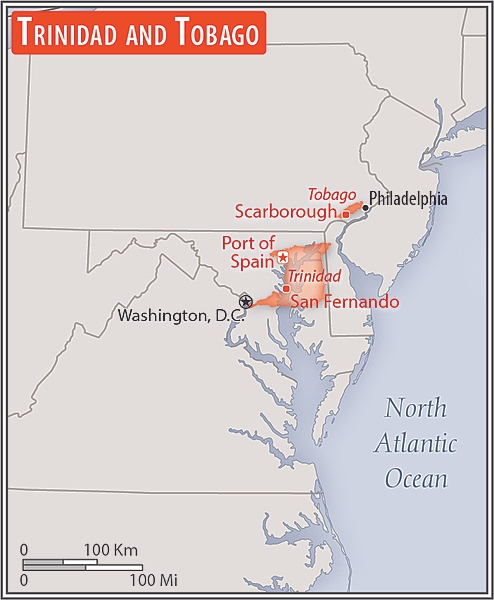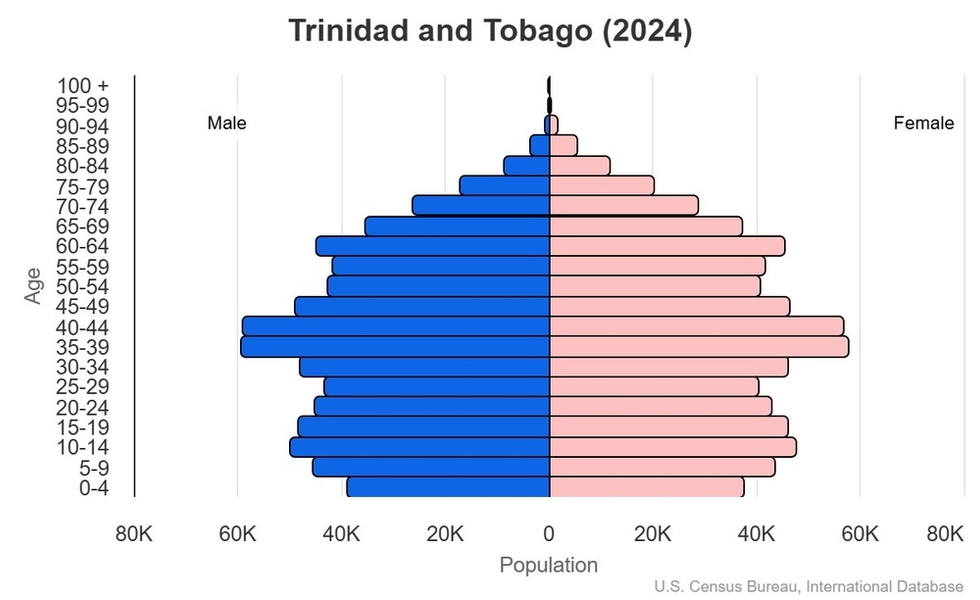Introduction
Visit the Definitions and Notes page to view a description of each topic.
Geography
People and Society
Population
comparison rankings: total 157; male 157; female 155
Median age
comparison ranking: total 73
Population growth rate
comparison ranking: 188
Birth rate
comparison ranking: 176
Death rate
comparison ranking: 71
Net migration rate
comparison ranking: 142
Maternal mortality ratio
comparison ranking: 93
Infant mortality rate
comparison ranking: total 94
Life expectancy at birth
comparison ranking: total population 107
Total fertility rate
comparison ranking: 174
Obesity - adult prevalence rate
comparison ranking: 117
Alcohol consumption per capita
comparison ranking: total 74
Education expenditure
comparison ranking: Education expenditure (% GDP) 159
Environment
Carbon dioxide emissions
comparison ranking: total emissions 68
Government
Economy
Real GDP (purchasing power parity)
comparison ranking: 137
Real GDP growth rate
comparison ranking: 156
Real GDP per capita
comparison ranking: 75
Inflation rate (consumer prices)
comparison ranking: 12
GDP - composition, by sector of origin
comparison rankings: agriculture 178; industry 34; services 89
Industrial production growth rate
comparison ranking: 176
Labor force
comparison ranking: 156
Unemployment rate
comparison ranking: 78
Youth unemployment rate (ages 15-24)
comparison ranking: total 112
Taxes and other revenues
comparison ranking: 80
Current account balance
comparison ranking: 57
Reserves of foreign exchange and gold
comparison ranking: 93
Energy
Communications
Telephones - fixed lines
comparison ranking: total subscriptions 105
Telephones - mobile cellular
comparison ranking: total subscriptions 151
Broadband - fixed subscriptions
comparison ranking: total 107
Transportation
Merchant marine
comparison ranking: total 88
